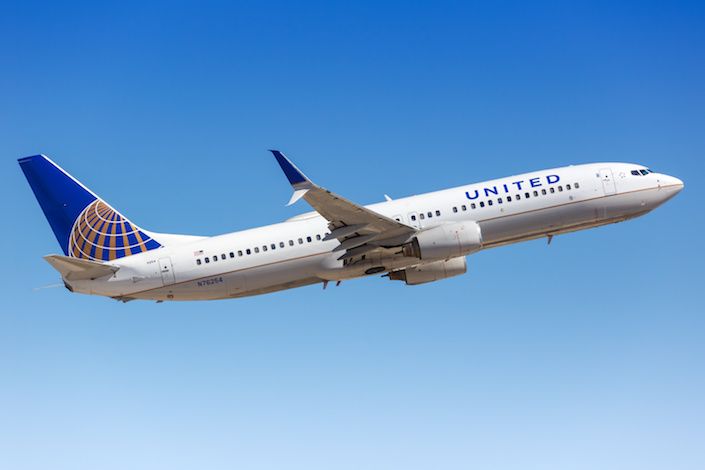Where travel agents earn, learn and save!
News / North American international air fares projected to fall in 2024: Here are the regions getting cheaper
Most international flights have slightly decreased in price

One of the most important metrics for economists within the aviation industry to observe is the global price index for flights. Taking a look at the average fare and how it has changed over the previous year can convey a solid amount of information about the state of the market.
However, finding reliable data for this question can be challenging, as ticket prices vary, and finding an unbiased set of data can be tricky. Nonetheless, American Express Global Business Travel (Amex GBT), one of the leaders in this space, has recently released new global price forecasts that can demonstrate the market's direction, and give a unique picture of how ticket prices might change in the next year.
An overview of the forecasts
Amex GBT is a multinational corporate travel manager, with over 18,000 employees based out of offices across the globe. The company, which is led by Paul Abbott, handles a massive portion of the globe's corporate travel booking, and as a result, has an in-depth understanding of the market's dynamics.
When assembling their forecasts, Amex GBT dives into both international and domestic markets, and segments the data by business and economy-class offerings, with first-class fares being included in the business class category. Individually, the airline has predicted the percentage change in ticket prices for all six major regional air markets, including North America, South America, Europe, Asia, the Middle East, and Australia.
The numbers themselves
The most important statistics for this piece come for North America, where the majority of international ticket prices are expected to fall. This data can best be realized through the table below, which shows Amex GBT's expected percentage change in ticket prices between North America and other markets in both business and economy class:
| Business |
North America - Europe | -2.5% |
North America - Asia | +0.2% |
North America - South America | -6.5% |
Given the incredible rise in inflation in most economies, this number is rather impressive and demonstrates the extent to which competition and network expansion have taken place within the industry. Furthermore, the continued rise of low-cost long-haul carriers has continued to put pressure on legacy airlines in these markets and continues to push numbers down.
Some other fascinating numbers
Across the board, flights within continents (including both domestic flights and connections between two cities within the same continent) are steadily on the rise. In Asia, this number sits at +3.0%; in Europe, it is only +1.0%; and in the United States, the number is even lower at just +0.3%.
But there is one market where this number is lower. In South America, the average business class fare is forecast to decrease by -3.8%. With two major legacy conglomerates on the continent (Avianca's ABRA Group and LATAM), networks are efficient, business travel is smoother than ever, and business travel continues to expand rapidly. With such large networks, carriers can streamline costs and ultimately cut fares.
Flights from Europe to South America are also expected to drop significantly. The average economy class fare between the two continents is set to drop by -10.4%, which could be a demonstration of the high-inflation environment in South America, making tickets effectively far cheaper for Europeans to buy.











